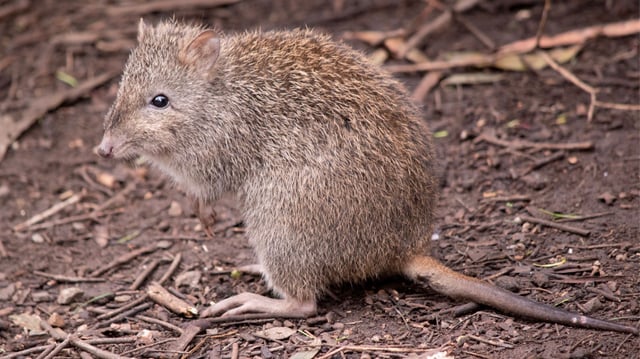Overview
- A Zootaxa study formally names Bettongia haoucharae from Nullarbor and Great Victoria Desert cave remains, with the species likely already extinct.
- Morphological analysis of 193 museum specimens shows the long‑treated woylie label covers multiple taxa, separating brush‑tailed bettong Bettongia penicillata from Bettongia ogilbyi and identifying two living woylie subspecies.
- The authors report forest and scrub forms of the woylie in southwest Western Australia, highlighting distinct habitat and dietary adaptations that affect survival outside their native range.
- Conservation managers are urged to revisit breeding and relocations, noting about 12,000 woylies remain and roughly 4,000 have been moved, sometimes into areas lacking their fungi food sources.
- Subfossil bones and mummified material—often accumulated by owls in cave deposits—helped reconstruct historical distributions, and researchers plan to work with Indigenous communities on a collaborative name for the new species.



